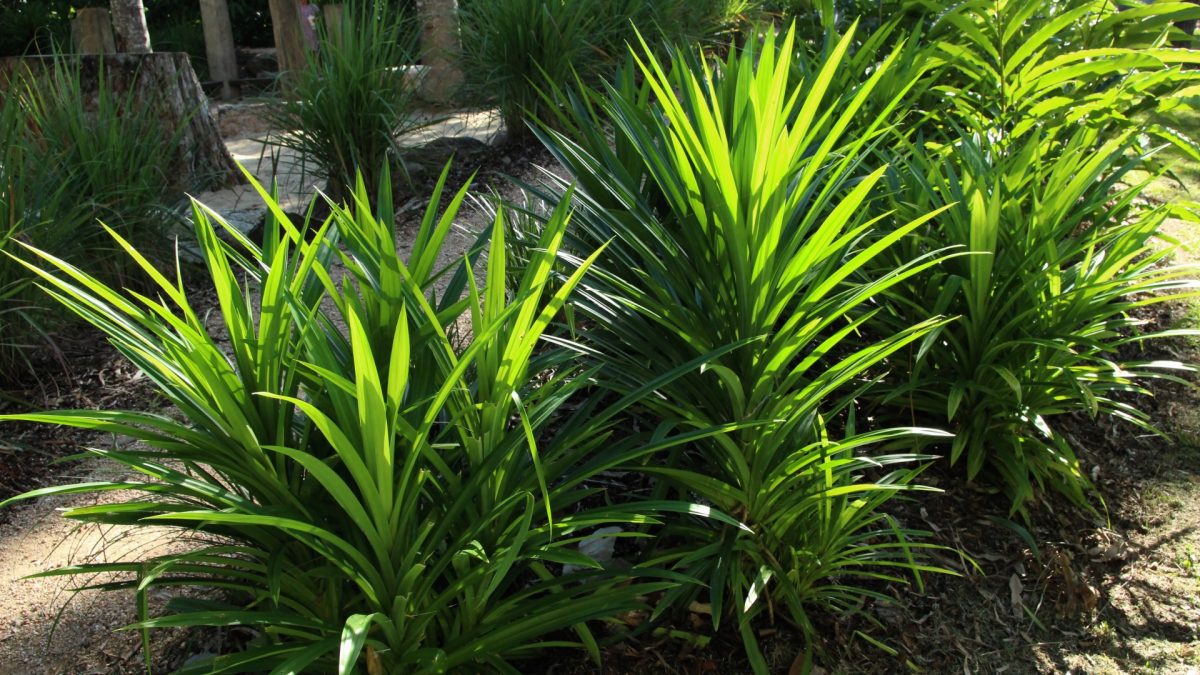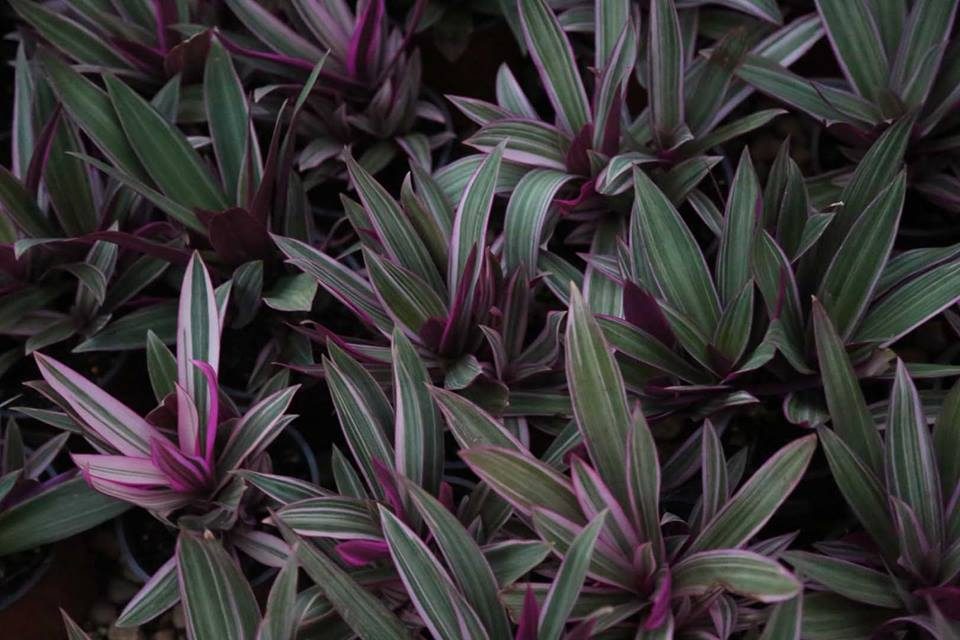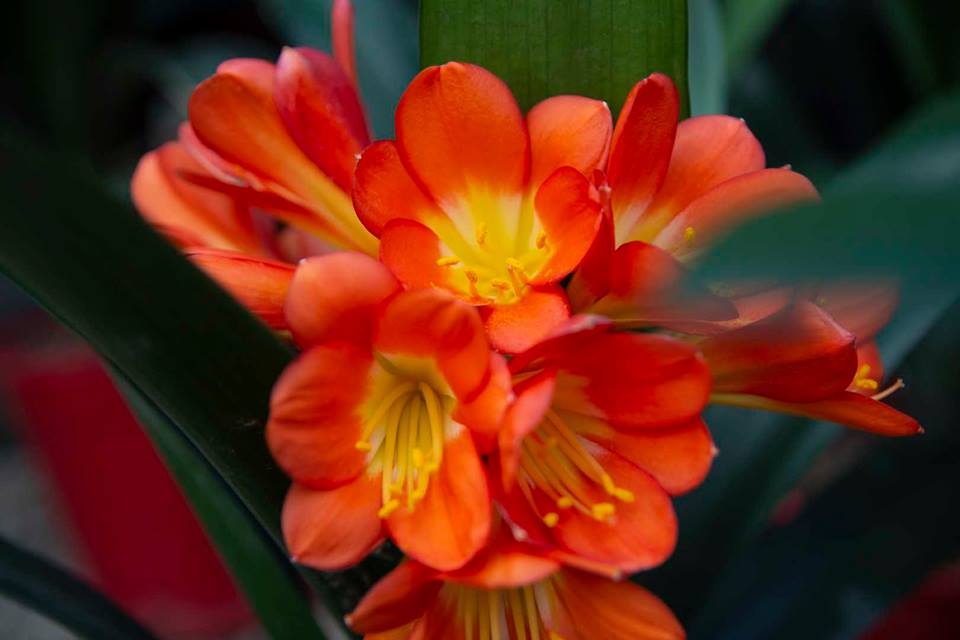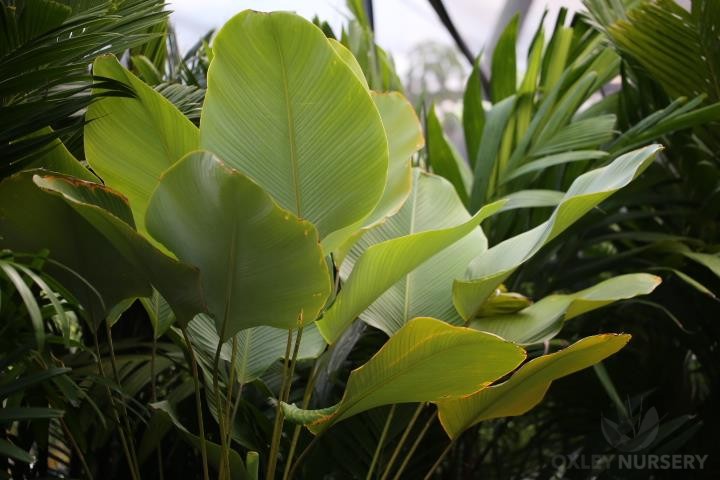- OPEN 7 DAYS 8AM - 4PM | 174 Dowding St. Oxley, Brisbane
- (07) 3375 5390
- sales@oxleynursery.com.au
Edible Pandan
Pandanus amaryllifolius
Synonyms: Pandanus hasskarlii, Pandanus latifolius, Pandanus latifolius var. minor, Pandanus odorus, Pandan, Rampeh, Screw-Pine, Dwarf Pandanus.
Pandanus are usually large trees with spiny leaves, well adapted to life along the beachfront. However, this little Pandanus – the Edible Pandan – is a short and strappy species with soft spineless leaves. Prized in Asian cookery, the Edible Pandan is often used to flavor rice dishes or as a wrap for steaming. Edible Pandan grows to a maximum of 2m, usually more like 1.5m.
Outside of the veggie patch, Pandanus amaryllifolius also makes a great garden plant. Its upright strappy habit contrasts well in a subtropical or Balinese gardens which often feature a lot of broad leaves and colourful highlight. This Pandan is fairly easy to grow in Brisbane, favouring a semi-shade position with consistent moisture. In the wild it often grows in damp or marshy areas, so it doesn’t have much drought tolerance. However, they do not want to be soggy over winter. In fact, they are somewhat cold sensitive in that their appearance may decline during the coldest months. Position in a warm spot in semi-shade for best results. Too much harsh summer sun may be stressful to plants, especially if humidity drops off.
Edible Pandan suffers few pest and disease issues if well grown. They are somewhat susceptible to attack by mealybug, so keep an eye out for this over summer and autumn. New shoots may occasionally be attacked by aphids. Root rot is probably the most serious issue to watch out for. Plants grown in damp and dark conditions when the weather is cold will suffer the most. Plants suffering cold stress may also show spotting on the leaves. Move to a warmer position to prevent this.
![]()
Applications
- Tropical gardens
- Balinese gardens
- Potted specimen
- Commercial plantings
- Border plant
- Fragrant gardens
Care
Easy to grow. Does best in rich, free-draining acidic soil in full sun or part shade. Water regularly in summer to prevent leaf scorch in hot weather and keep much drier in winter. Use quality fertilizer such as Troforte or Organic Link regularly to produce strong growth.
 Features
Features
-
Strappy, dark green leaves
- Dense shrubby habit
- Fragrant leaves suitable for cooking
Check Availability
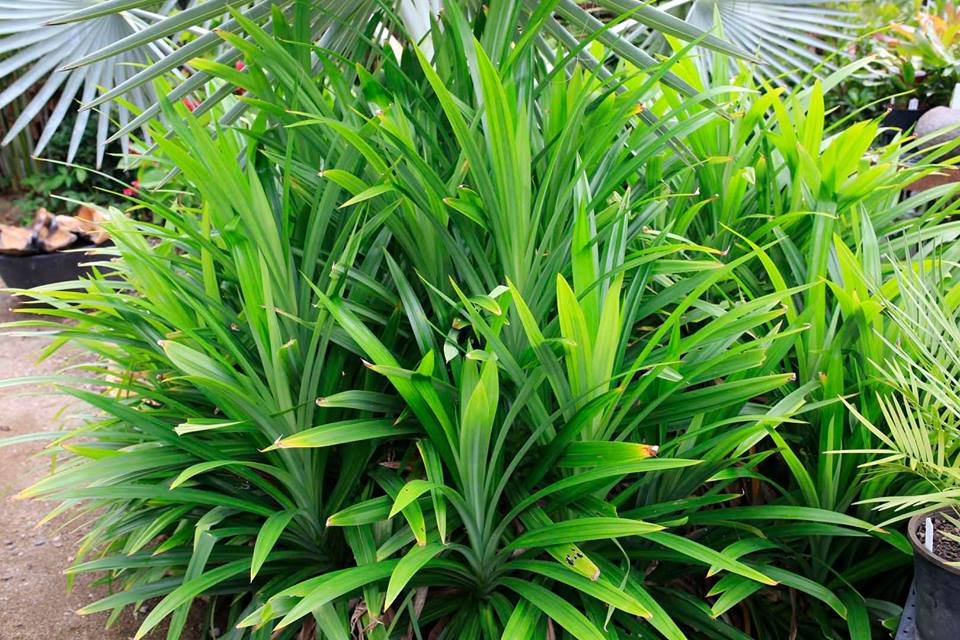
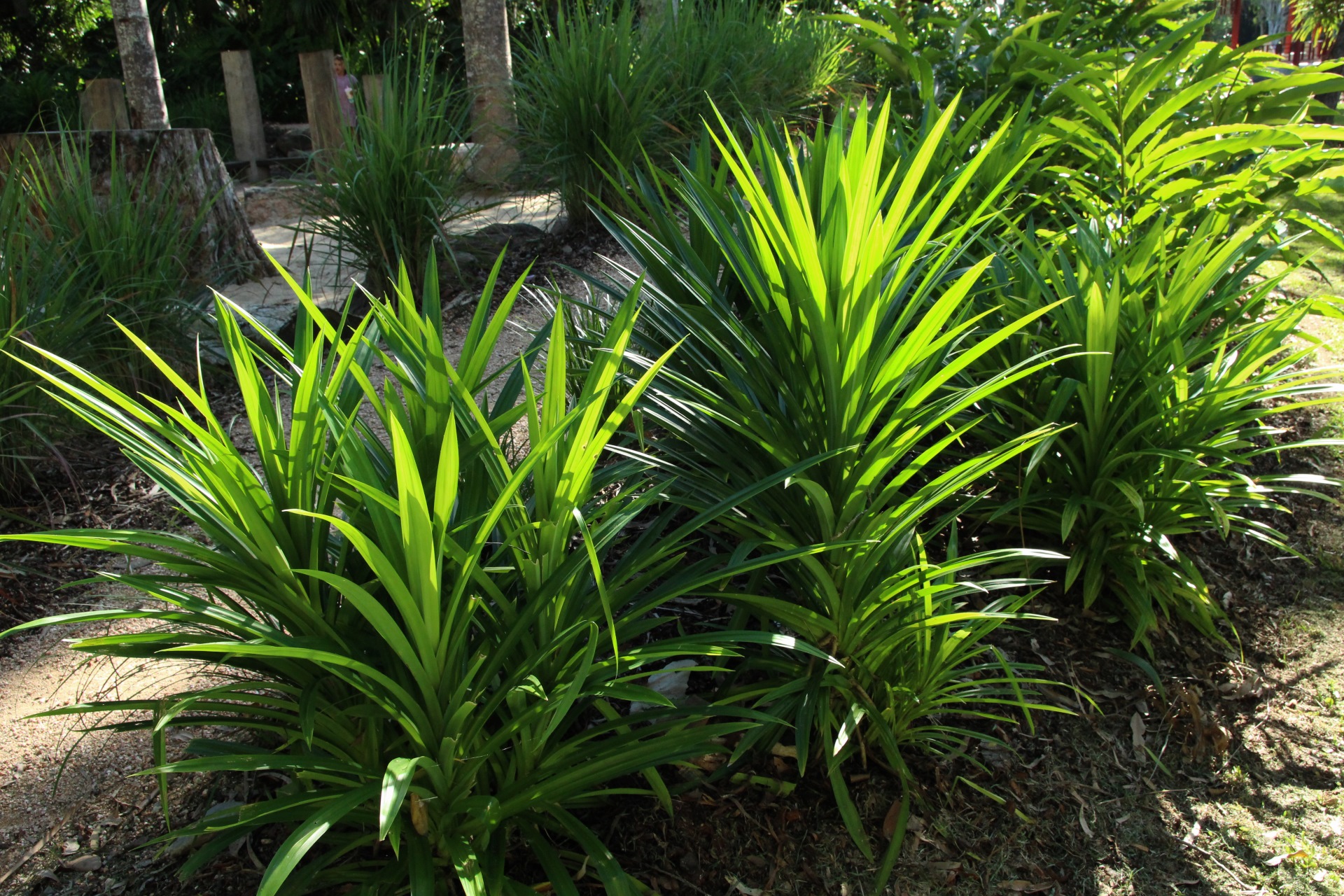
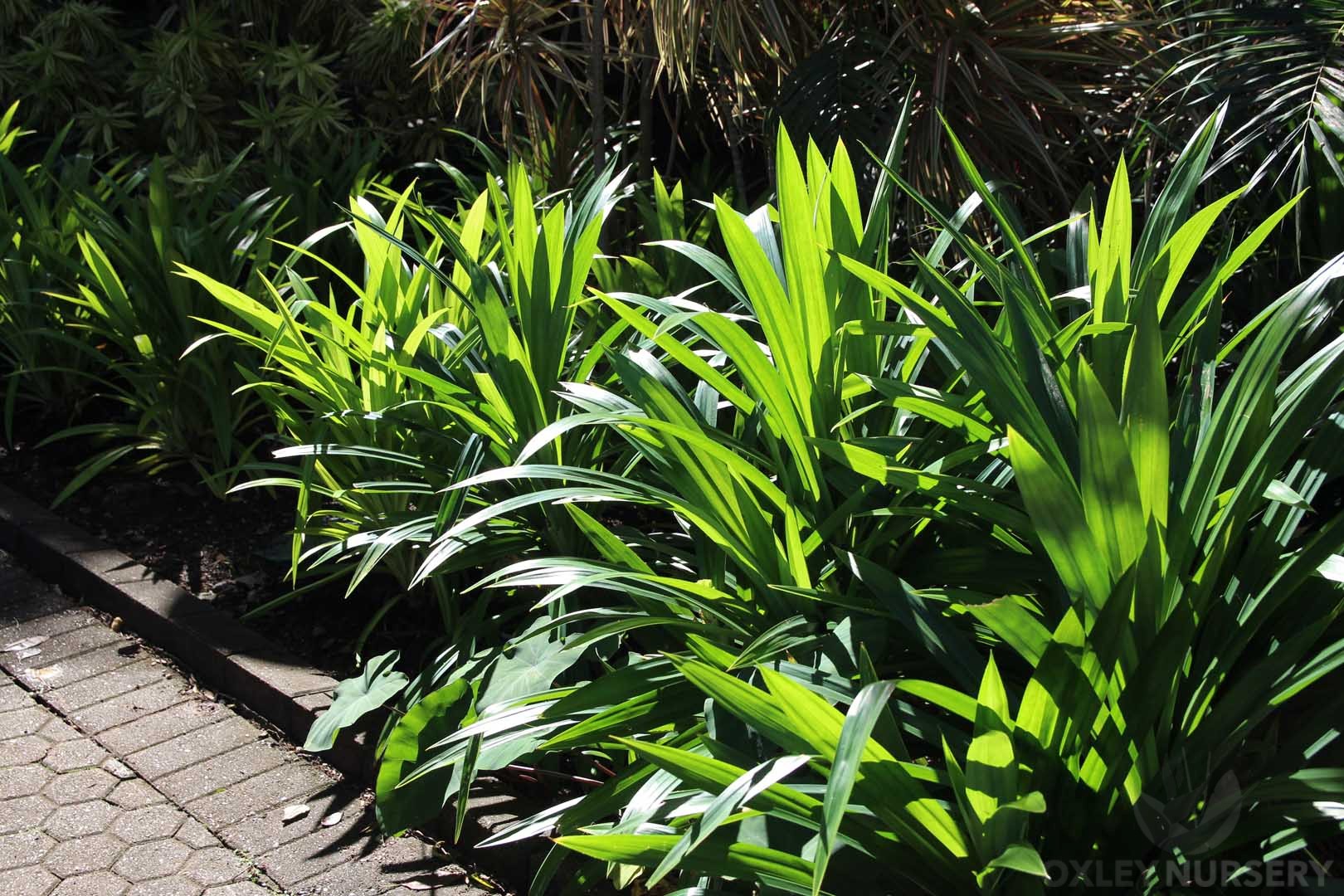
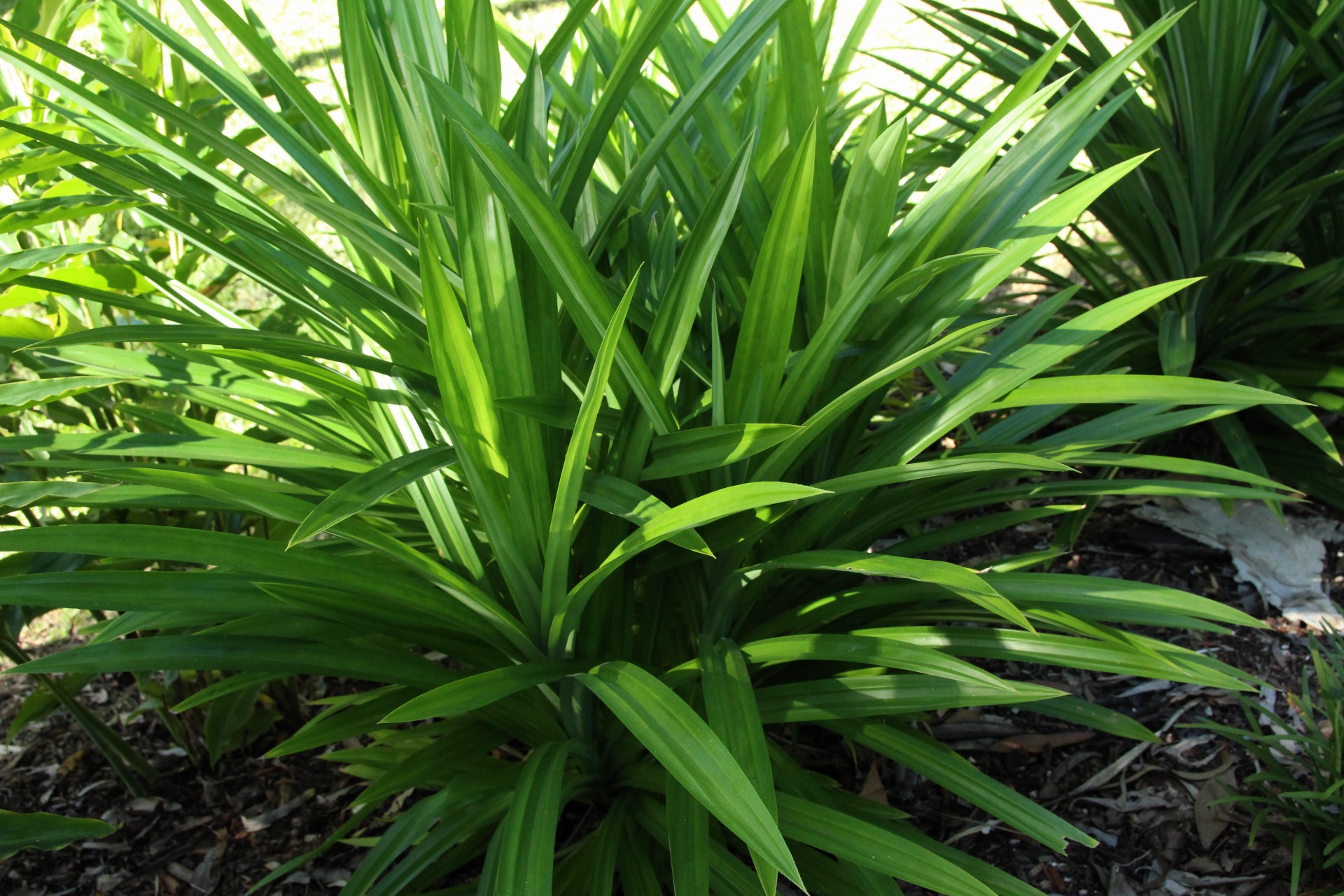
Size
Width: 100-200cm (clumping)

